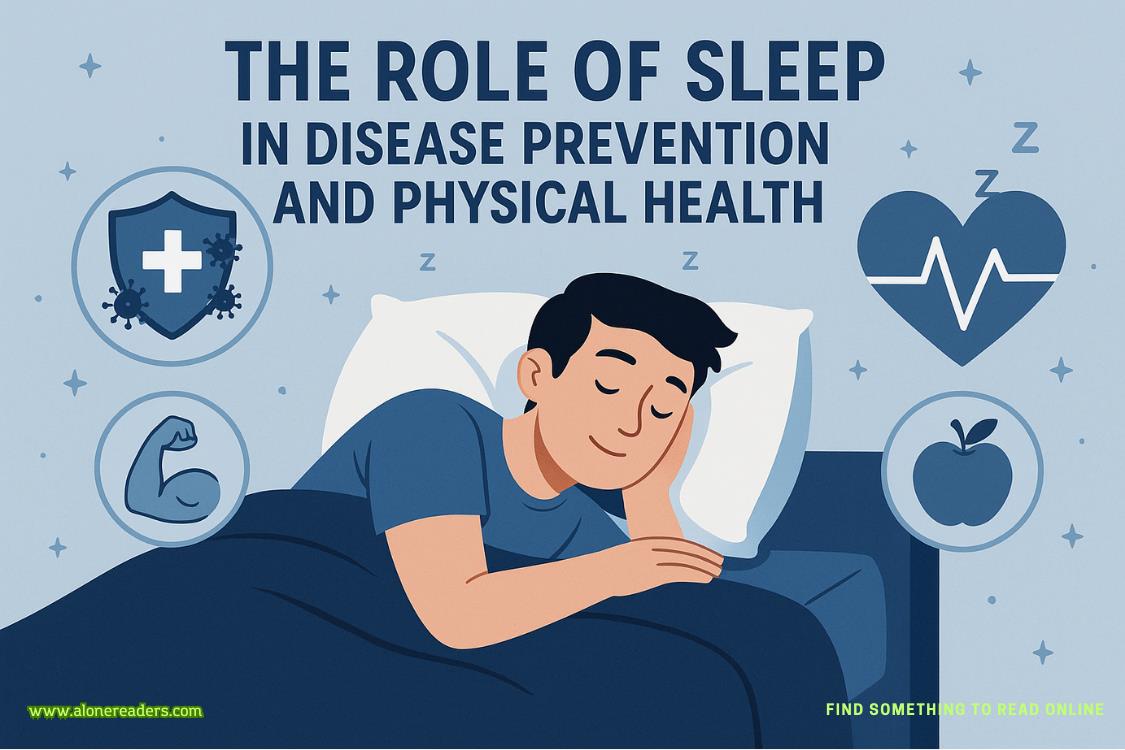Page 17 of Playing for the Hat Trick
“You’re kind of exhausting.”
He nods once, slow and deliberate. “Fair.”
There’s a pause too long to be a casual moment where his gaze doesn’t move. As if he’s cataloging me for future reference. I should walk away. I have things to do. Better things. Smarter things. I should move on.
But I don’t.
“I’m sure you think you’re more difficult than you actually are,” I say finally, letting the words hang between us.
He shifts his weight, leans on the crutch like he’s preparing to tell me something true. “I’m not just watching for fun.”
“Good,” I reply, my tone clipped as I finally return to tidying the band wall. “Because this isn’t your personal stream.”
That earns a breath of laughter from him. Quick and quiet. But it’s there.
Still, he doesn’t move. Doesn’t say anything else.
Then, finally: “Can I sign up for tomorrow? A real session. No back-row lurking.”
I glance over my shoulder. “Depends on your progress. That brace is still part of your outfit.”
He doesn’t argue. Just holds my gaze for one beat longer than necessary, then turns and leaves like he’s letting me win the round. Like we’re keeping score.
Back in my office, I pull his file from the edge of my desk. It’s not color-coded yet. That’s reserved for confirmed cases; technically, he’s not one of mine.
Not yet.
Em pokes her head in and drops two new folders onto my desk, along with a protein bar I didn’t ask for but will absolutely eat out of spite. She doesn’t need to say anything, but she does anyway.
“You keeping him?” Her eyes flick toward the file I haven’t let go of.
“No.” It comes out too fast, too practiced. “I’m just monitoring.”
She doesn’t press. Just raises a knowing brow and disappears with a smirk I refuse to acknowledge.
I flip back to Jason’s evaluation notes. Reese input the numbers yesterday. We reassess every two weeks, tracking performance metrics to map recovery trajectories. His numbers are a mess—some solid, some slipping, and overcompensations everywhere. This is the kind of data that doesn’t just speak—it screams.
Fear. Instability. Mistrust in the joint. Performance anxiety that bleeds into muscle memory.
It’s all in the numbers.
What’s missing?
The fix.
He needs more than standard protocol. He needs individualized planning—something nuanced. A hybrid approach focused on re-patterning and symmetry, paired with proprioceptive feedback and a recalibrated push test in week two—if he earns it.
I close the folder, jot a note on the pending chart, and make a mental note to review his compliance log by Friday.
He doesn’t get to coast through this.
Not with a jawline like that and a martyr complex big enough to require its own insurance policy. He’s not special. He’s not some gifted exception to the process.
He’s just another busted-up player trying to outrun the reality of recovery demands. I shouldn’t care about him or his recovery this much—not at all. So why am I starting to wonder if he should, in fact, be on my roster?
Chapter Seven
Jason















